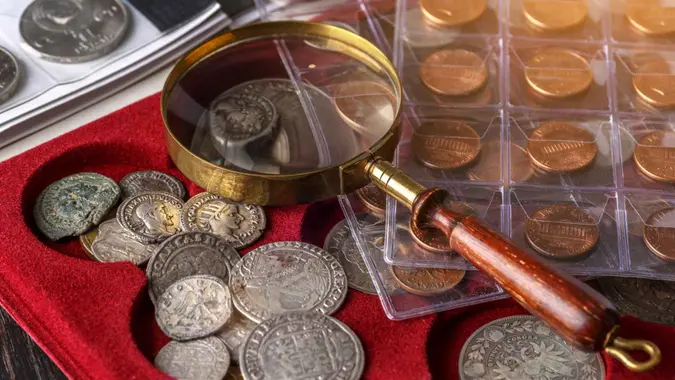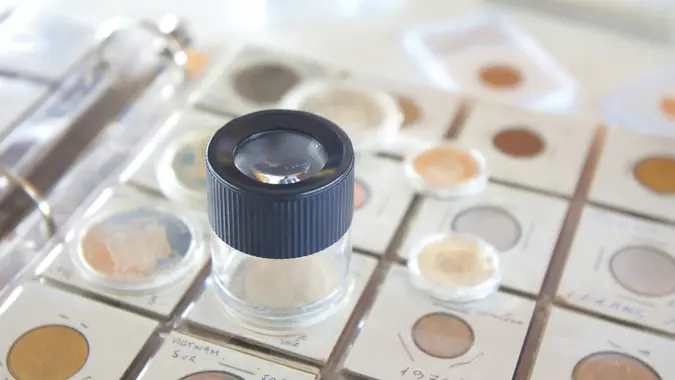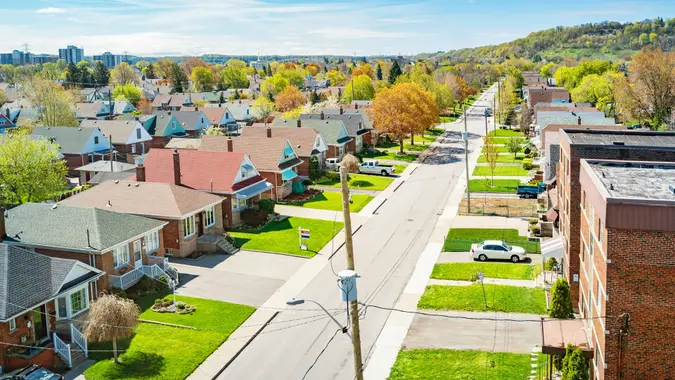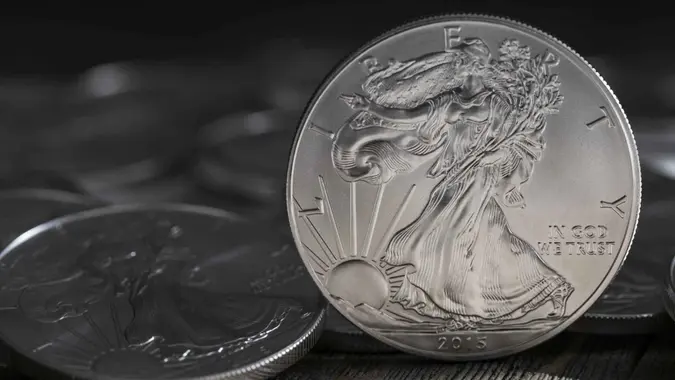Here’s a Slick Way To Use Your Home To Build Wealth

Commitment to Our Readers
GOBankingRates' editorial team is committed to bringing you unbiased reviews and information. We use data-driven methodologies to evaluate financial products and services - our reviews and ratings are not influenced by advertisers. You can read more about our editorial guidelines and our products and services review methodology.

20 Years
Helping You Live Richer

Reviewed
by Experts

Trusted by
Millions of Readers
A home is the most valuable asset that most Americans own. In fact, according to Pew Research, average Americans have more than double the equity in their home as they do in their second-most valuable asset, their retirement accounts.
In addition to the “forced savings” that come with paying down a mortgage and building up home equity, homeowners in desirable areas may be able to leverage their homes to generate wealth more uniquely.
Rent and Reinvest
In expensive rental markets, such as the South Bay area of Los Angeles, it can cost more than $10,000 per month to rent a nice property. While that’s a big financial commitment for renters, for those on the ownership side of the ledger, that’s a significant amount of potential income. But to rent out your property and generate that type of revenue, you’ll need a new place to live — and that’s where you may find a slick opportunity.
If you bought your home at a lower price — and especially if you have a lower mortgage rate — your monthly payment may be far below the $10,000 or more you can earn in rent. In fact, if you can get the math right, you may be able to use that five-digit rental income to cover both your original mortgage and the monthly cost of a new residence.
Here’s an example of how that might work.
Suppose you bought your home 20 years ago for $650,000 and pay $3,111 per month. In a high-demand area, that home could now be worth $2 million or more — and might rent for $10,000 monthly. That’s roughly $7,000 in positive cash flow after your mortgage.
If you then purchase a new $1.4 million home with a $7,000 monthly payment, your rental income could cover both mortgages. You’d own two premier properties without any additional out-of-pocket housing costs.
This strategy works even better if your original home is fully paid off — freeing even more cash flow for other opportunities.
Renovate and Flip
If you’ve got extra capital on hand — or extra cash flow from your rental strategy — you can chase an even more advanced strategy of renovating and flipping your new property. Well-done renovations can boost the value of a property by tens or even hundreds of thousands of dollars, and in many cases, it’s a worthwhile investment. And if your rental income is sufficient to not only pay for your new mortgage but also help cover renovation costs, in some scenarios, this strategy can become a no-brainer.
The Big Tax Benefit
The “rent, renovate, and flip” strategy also offers a potential tax advantage. According to the IRS, homeowners may exclude up to $250,000 in capital gains from the sale of a home — or $500,000 for joint filers — as long as it was their primary residence for at least two of the past five years.
That means if you rent out your original property while living in your new one for at least two years, you could later sell the renovated home and exclude much (or all) of your profit from capital gains tax.
Caveats
Success in financial transactions is never guaranteed, and there’s certainly more than a bit of risk involved in the above strategy. For one thing, there’s no guarantee you can rent a property for that much money, and you may struggle to find renters for the full two years. You’ll also owe taxes on your rental income, and that could diminish the value of the strategy.
There are also no assurances that your new property will go up in value or that you’ll be able to sell it for a decent price, even if you renovate it nicely. So, you’ll definitely want to work with tax and real estate professionals before you even contemplate such a strategy. But if you can get the math to work out your way, you can turn your high-value asset into a wealth-producing machine.
 Written by
Written by  Edited by
Edited by 

























